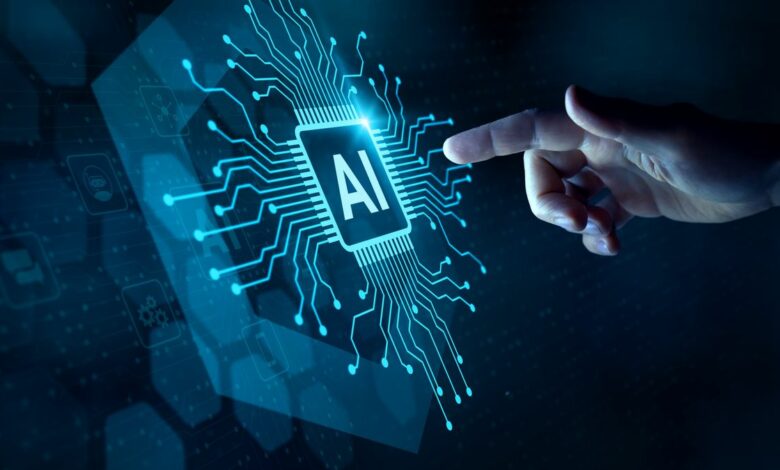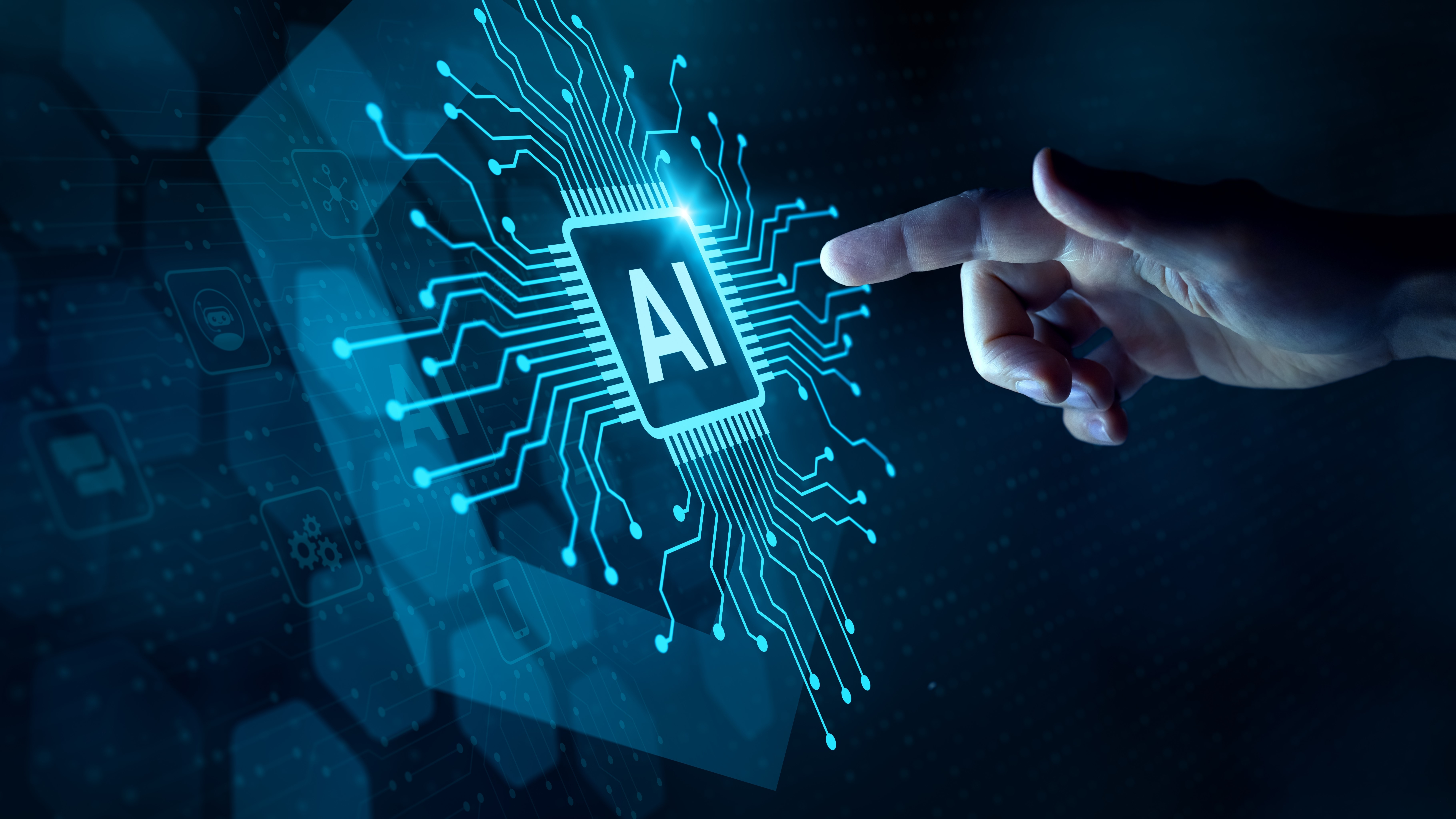AI is not a panacea for workforce transformation without planning


Businesses are facing the complexity of a transforming technological landscape, with changing workplace dynamics and organizational structure challenges taking center stage under such circumstances.
Artificial intelligence (AI) is rewriting the way business is done, and companies are pushing ahead with technology investments despite being unclear about the impact on the business. Research from Orgvue shows that 82% of organizations have already invested in AI, and 33% plan to increase their investment by more than 50% in the next year.
This situation is largely driven by the fear of missing out, as companies jostle to be seen as innovative and competitive. However, this rush to adopt AI can lead to many pitfalls, especially when investments are made without a full understanding of how the technology can be deployed effectively.
How does AI fit within the organization and its workforce?
The role of AI in an organization extends beyond automation. When used properly, it can redefine job roles, streamline processes, and improve decision-making. To realize the full potential of AI, organizations must first perform a thorough mapping and re-engineering of their business processes to accommodate the new technology.
By identifying tasks that are suitable for automation and pairing specific technologies that can perform those tasks, companies can avoid misguided implementations that underperform or are error-prone.
To illustrate, our research shows that 69% of organizations are confident that AI will be integrated into core business operations by 2025, yet 39% admit they lack the organizational expertise to make this happen.
Furthermore, employee skepticism (36%) and a lack of regulation (33%) are hindering effective AI adoption. Instead, a clear, data-driven approach is needed to distinguish true AI capabilities from conventional tools disguised as AI.
Getting the Strategic Implementation of AI Right
The cornerstone of successful AI implementation lies in strategic planning and data-driven decision-making. Organizations are better off taking a 360-degree perspective that considers not only the immediate benefits of AI, but also its long-term impact on workforce dynamics and organizational structure.
Organizations that excel in workforce transformation are those that continually review and adapt their business strategy based on data and insights. By doing so, they can anticipate challenges, mitigate risks, and unlock new opportunities for growth and innovation.
AI Washing and the Fear of Missing Out
The practice of exaggerating the capabilities of AI technologies, known as “AI washing,” is typically driven by an organization’s fear of falling behind its competitors. Investments encouraged by AI washing can lead to the adoption of inadequate or misplaced solutions, ultimately holding back workforce transformation. Companies caught in this cycle are likely to see poor returns on investment, wasted resources, and lost opportunities for innovation.
Fear-driven decision-making fosters a culture of reactivity rather than strategic proactivity. Such an approach will ultimately stifle innovation and lead to organizational fatigue as employees struggle to keep pace with the constant changes caused by poorly understood technology implementations.
To avoid this, companies must prioritize organizational design to fully understand how to properly apply AI technologies. A simple process like the following can help:
Analyze: Collect, synthesize, and explore data about your current workforce and organizational structure. Drill down into tasks and activities to find automation hotspots based on work.
Design: Model different organizational scenarios and test designs.
Plan: Apply data insights to your workforce management plan to align it with your business goals and identify gaps between supply and demand in the labor market.
Monitor: Continuously monitor the organization’s performance, repeat steps 1 through 3 and make adjustments as necessary.
Understand your workforce to maximize AI investments
A good starting point for any organization looking to deploy AI at scale is to gain detailed insights into the supply and demand of the labor market. You can then use these insights to identify where AI can fill gaps and automate low-value work.
This is a more complex process than many companies realize, but a data-driven approach, supported by good planning, ensures better informed decision-making and faster implementation with a higher return on investment.
We’ve highlighted the best software for small businesses.
This article was produced as part of TechRadarPro’s Expert Insights channel, where we showcase the best and brightest minds in the technology sector today. The views expressed here are those of the author and do not necessarily represent those of TechRadarPro or Future plc. If you’re interested in contributing, you can read more here:




